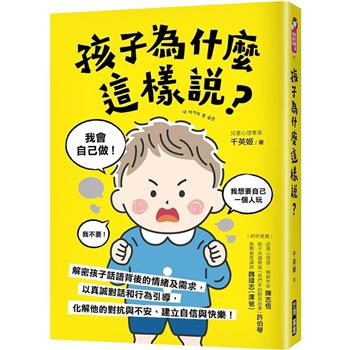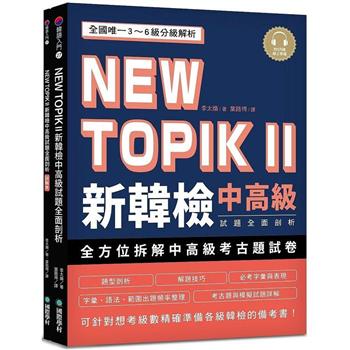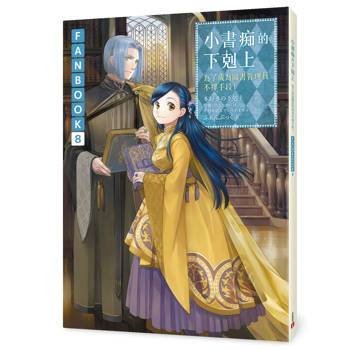This book analyses the status of women in Bengal, India, by examining the versatile everyday living conditions of women, and how they are represented as individuals and a category in the media.
Contributors to the book depart from the discussion that women in India have a varied experience of living, of thinking and acting specific to the regional cultural context. Caste ideology specified privileges and sanctions according to innate attributes, which differ by sex as well as ethnicity, class, caste, minority status and marginal position are present intersecting lives and rendering unique life experiences. With a focus on women and their lived experiences, performances by them and performances imitating women’s roles, the book offers a complex and rich analysis of the reality of women’s lives based on research and reflections by 25 women scholars. Organized into two sections the book presents women in reality, their living conditions, struggles and women as represented in films, stories, framed in plots sometimes by women and sometimes by men. The chapters provide insights on how institutionalised gender distinctions create subordination and marginality of women and their struggles to survive in a society dominated by hetropatriarchal ideology and its practice.
This book improves our understanding of various dimensions of gender and transgender relations in India. It will be of interest to researchers in Gender Studies, South Asian Culture and Society and Studies on India.












